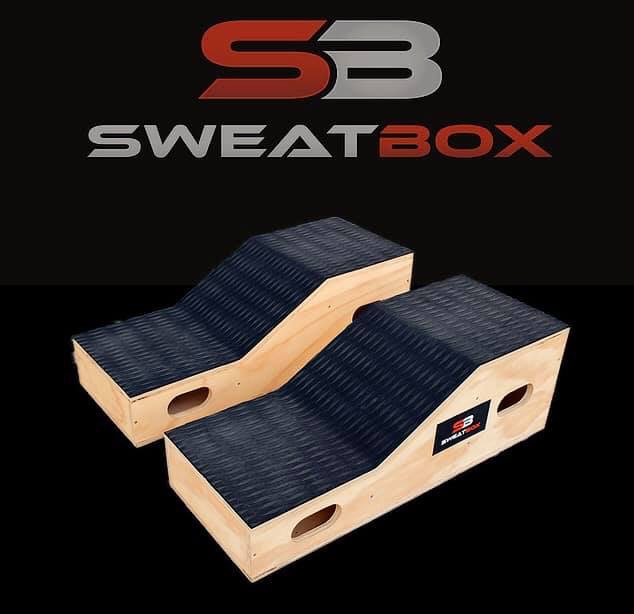The 2 Musts to Achieving Your Health Goal

Goal setting is the name of the game. Do you have a goal? If so, is it written down? A University of Kansas Professor, Scott Ward,encouraged students, “Ink what you think.” He would further instruct that your goal should be written in permanent marker. Where is your goal written? Are you having trouble identifying your goal? Then, this article is will be transformational.
1. Setting Up for Success with Goals
First thing is first. You need to identify your goal. Many times this is a simple recognition of our desires. However, the best goals are when you really dive deep. The questions “why” and “so what” may need to come into play often. For example, a weight loss goal is a good starting point. Yet,“why” is that important to you now? The “so what” does weight loss mean to you is also necessary to determine exactness to the goal. Keep going with the questions until you get to the deep root of your intention.
You may wonder why you need a goal and why is it important to write it down. Goals give you a target; something you strive to accomplish. Hence, goals direct attention and action while reducing distractions. Let’s look how you can ensure your goal will generate that success you desire. Moreover, the important features you and your goals need.
We have all heard of S.M.A.R.T goals. Obviously, this is not new information, but it is critical. What are the most salient components of S.M.A.R.T goals? Let’s look at each feature.
(S)pecific
Specificity is KING! To just be healthy, does not give credence towards progression to that aspiration. Furthermore, you cannot get feedback or necessary critiques. A specific goal to be healthy could be, for instance, better heart health defined by normal blood pressure (BP) and an EKG free of anomalies. You can even be more specific by adding quantitative values such as BP of 120/80 or less.
Let’s break it down further. If your long term intention was heart health, you can divide that into short term goals. What does that look like? Well, you may first need to learn more on heart health. Therefore, that could be short term goal number one. From your learning, you might have found information you would like to improve. You, then, can create segments of heart health, such as resting heart rate, stroke volume, end diastolic volume and so on; you can work towards until you have achieved the long term aim.
(M)easureable
Get the measuring tape, scales, and calipers! Performance measured lends to better attainment of a goal whereas performance measure and reported further bolster success. Ultimately, you need to make your goal measurable. Whether your goal is quantitative or other metric, your understanding of progress towards your aim will be difficult without it.
(A)ttainable
The time has come to dig into that bag of tricks. Your skill set and ability have impact on a successful completion of a goal. In fact, your capability is tied to confidence and belief of completion of your goal. This, further, improves goal performance. Therefore, you need to assess whether or not you have the potential to achieve that intention.
(R)ealistic
How high can you fly? Clearly, you have to be practical when you set your goal. On the other hand, do not limit yourself. There is a great saying, “you are what you think.” Aim high. To that extent, those who set high aspirations tend to exert more effort into achieving them.
(T)imely
Looming project deadlines, we all have experienced them. Do you love them, probably not! Yet, the nervous energy and anxiety helps you complete the task on time. Did you set a timeline for your goal completion yet?
Wow! All of those features are key to creating a quality goal. Now you have the pieces to build your goal, what is it you need to attain your targeted goals?
- A Well Designed Plan: A plan will keep you focused and on track. Furthermore, a plan will provide persistence and resilience. There will always be hardships you encounter when you take on a new challenge. Charting your course will prepare you for difficulties as well as bouncing back if something goes awry. Make sure you have S.M.A.R.T built into your plan.
- Feedback: This is simple a critique of your progress. You can create your own rating system or have someone who will be brutally honest evaluate you. This is necessary for your knowledge of progress. Further, successful progress leads to momentum and motivation to continue.
- Rewards: We all deserve to treat ourselves once we accomplish something great. Would you agree? Set milestones and once you achieve that mark, have a reward lined up for yourself. This could money, a day of pampering, or really anything that will drive you to successful completion of your intended purpose.
- Support: Support can come in various forms. Is your significant other, parents, social groups, or other someone you can lean on during good and not so good times? Do you have a mentor or a mastermind group? This support, in the end, will help keep you motivated and on track.
- Desire: Truthfully, a burning desire is more likely to help you achieve your goal. Have you ever wanted something so bad you did the unthinkable to acquire it? If you are not there with your goal, go back and dig deeper to why this goal is important now. Find your super why!
Did you write down your goal yet? What are you waiting for? People with conscious goals tend to have better performance and completion rates. So, “ink what you think.” Now, let’s jump into step 2, imagery.
2. You Can Create What Your Mind Imagines
We are our own creators. Envisioning what we want is a skill and takes practice. Yet, this practice of imagery is important in realizing what we want.
What is imagery? Imagery is a mental representation of an item, action, process, or other you want to pursue and achieve. The better question is how and why you use imagery.
Imagery should illicit a high emotional response. In fact, this emotion response is equivalent to carrying out the action itself. More so,emotions derived from imagining the action should cause energy and motion; thereby, you will seek to access that behavior while aroused.
How do you start using imagery? Before we get to those steps, be sure you understand your deep root of the goal. This is needed to create the emotional response or burning desire necessary for the manifestation of your goal.
- Your Space: You should find a quiet space free of any distraction. You do not have to be fancy or create something that looks like you are preparing for a séance.
- Prepping Your Mind: Not only do we need a quiet space, we need a quiet mind. To do this, use relaxation breathing. Use this technique until your mind is clear and open. As Wayne Dyer states, “have a mind that is open to everything and attached to nothing.”
- Envision your goal: See it, feel it, breathe it, live it! Let all of your sense take part in the imagery. The sensation should be as you have already achieved the desire objective.
- Repeat: You should adopt this practice throughout the day. Our thoughts sometimes stray during the day to lesser ideas. Keep your energy high by interjecting positive and goal based imagery often.
Great! You now have the mastery to achieve not only your health goals but any other goal you put in your mind. It is time to go achieve the greatness you were meant to accomplish. Think it and achieve it!


